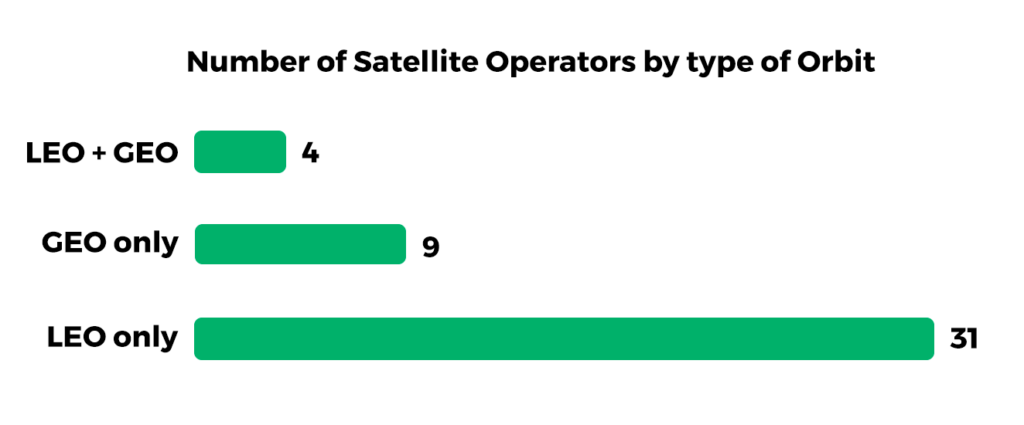In a world where connectivity is key, satellite IoT (Internet of Things) has emerged as a game-changer. With cellular coverage reaching only about 15% of the planet, technology developers have looked skyward, harnessing satellites to bridge the gap. As we enter an era of digital transformation, satellite IoT stands as a beacon of global connectivity, crucial for industries like agriculture, transportation, and energy.
The Rise of Satellite IoT
Imagine a world where devices communicate seamlessly, regardless of location. That’s the promise of satellite IoT. By 2025, it’s estimated that 30.3 million satellite IoT devices will be operational worldwide. This growth, fueled by a need for uninterrupted global coverage and real-time data monitoring, is set to transform various sectors, from farming to fleet management.

LEO vs. GEO: Understanding Satellite Orbits
Non-terrestrial networks consist of satellites – Geostationary Equatorial Orbit (GEO), Medium-Earth Orbit (MEO), and Low-Earth Orbit (LEO) – as well as high-altitude platform systems (HAPS), which include unmanned airships or airplanes above 20 km, and unmanned aerial systems (UAS) or drones. All satellite systems used to provide IoT/M2M communication services are based on either GEO or LEO satellites. (1)

LEO satellites:
- They’re closer to Earth, so they can send and receive data really fast (like a quick text message).
- They’re cheaper and easier to set up.
- But, they can only cover a small area at a time and have to move around a lot to cover the whole Earth. This means they can’t always send data immediately – there might be a delay.

GEO Satellites:
- These are way higher up in the sky and cover a huge area .
- They stay in one spot in the sky relative to the ground, so your satellite dish doesn’t have to keep moving to find them.
- They’re great for covering large areas with fewer satellites, but they take longer to send and receive data (like sending a letter instead of a text).
- They last longer up there without needing to be replaced.

The Future is Above
Satellite IoT represents a fusion of innovation and practicality. As we look to the stars for solutions, we find a network that binds the most remote corners of our world in a web of data and communication. Whether it’s tracking a ship in the middle of the ocean or monitoring environmental conditions in a remote forest, satellite IoT is not just a technology of the future – it’s the technology of now, connecting us in ways we never thought possible.
At GOSPACE LABS, we’re excited to be part of this transformation, continuously pushing the boundaries of what’s possible in satellite IoT communication. Our commitment to innovation ensures that we stay at the cutting edge of this rapidly evolving field, providing our clients with the most advanced and reliable solutions available. Stay tuned as we explore new frontiers and connect the world in ways never before imagined.

Leave a Reply